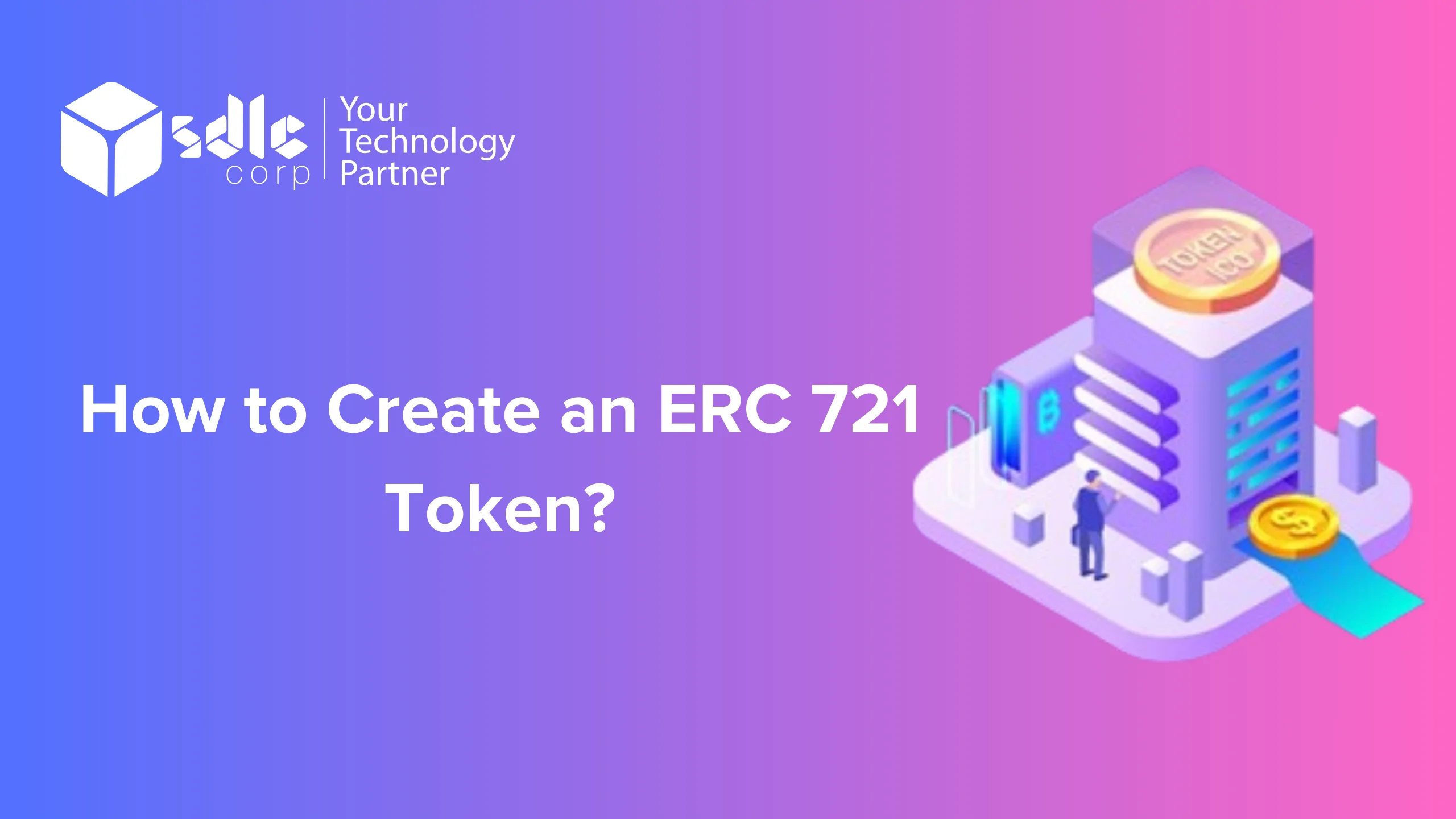Introduction
Creating ERC-721 tokens on the Ethereum blockchain has revolutionised digital ownership, enabling developers, artists, and entrepreneurs to tokenize unique assets and create new markets for digital collectibles, virtual real estate, in-game items, and more. ERC-721 tokens, also known as non-fungible tokens (NFTs), are indivisible and distinguishable, each representing a unique item or asset with verifiable ownership. The technical specifications of ERC-721 tokens include unique identifiers, metadata, ownership tracking, an approval mechanism, event logging, and safe transfers. These specifications ensure that each token is unique, verifiable, and securely transferable, allowing for a wide range of applications and innovations in the digital economy.
Prerequisites
Before you start, ensure you have the following prerequisites:
- Ethereum Wallet: Use a wallet that supports ERC-721 tokens, such as MetaMask or MyEtherWallet.
- Ether (ETH): ETH is required to pay for transaction fees on the Ethereum network.
- Solidity Smart Contract Knowledge: Familiarity with Solidity programming language is recommended, as ERC-721 tokens are implemented using smart contracts.
Step 1: Set Up Development Environment
- Install Development Tools: Use an Integrated Development Environment (IDE) like Remix or a text editor with Solidity syntax highlighting for coding.
- Connect to Ethereum Network: Configure your development environment to connect to the Ethereum mainnet or testnet. Use MetaMask or other Ethereum-compatible wallets to interact with the blockchain.
Step 2: Write the Smart Contract
- Define Contract Structure: Write the Solidity smart contract that adheres to the ERC-721 token standard. This includes specifying variables for token metadata, ownership, and unique identifiers.
solidity
// SPDX-License-Identifier: MIT
pragma solidity ^0.8.0;
import “@openzeppelin/contracts/token/ERC721/ERC721.sol”;
import “@openzeppelin/contracts/access/Ownable.sol”;
contract MyERC721Token is ERC721, Ownable {
constructor() ERC721(“My ERC721 Token”, “M721”) {
}
function mint(address to, uint256 tokenId) public onlyOwner {
_safeMint(to, tokenId);
}
function burn(uint256 tokenId) public onlyOwner {
_burn(tokenId);
}}

- Import Libraries: Utilise OpenZeppelin’s ERC721 and Ownable contracts for secure and efficient token management. Customise the token name (“My ERC721 Token”) and symbol (“M721”) according to your project requirements.
How ERC-721 Tokens Work
Smart Contract:
ERC-721 tokens are created and managed through smart contracts on the Ethereum blockchain.
The ERC-721 standard defines a set of functions and events that a compliant smart contract must implement.
Key Functions:
balanceOf(address owner): Returns the number of tokens owned by a given address.
ownerOf(uint256 tokenId): Returns the owner of the specified token ID.
transferFrom(address from, address to, uint256 tokenId): Transfers ownership of a token from one address to another.
approve(address to, uint256 tokenId): Approves another address to transfer the given token ID.
getApproved(uint256 tokenId): Returns the address approved for a specific token ID.
setApprovalForAll(address operator, bool approved): Approves or revokes approval for an operator to manage all of the caller’s tokens.
isApprovedForAll(address owner, address operator): Checks if an operator is approved to manage all of the owner’s tokens.
Events:
Transfer(address from, address to, uint256 tokenId): Emitted when ownership of a token changes.
Approval(address owner, address approved, uint256 tokenId): Emitted when a token is approved for transfer.
ApprovalForAll(address owner, address operator, bool approved): Emitted when an operator is approved or disapproved to manage all of the owner’s assets.
Conclusion
Creating an ERC-721 token empowers creators and developers to tokenize unique assets and establish ownership on the Ethereum blockchain. Smart contracts and their role in ERC-721 tokens are crucial as they define the rules and logic for the token, ensuring the uniqueness and indivisibility of each asset. By following this guide, you can navigate the process of creating, deploying, and managing your own ERC-721 token, contributing to the growing ecosystem of digital assets and decentralised applications (dApps). Smart contracts facilitate trustless transactions and interactions, making them the backbone of the ERC-721 standard and essential for maintaining the integrity and security of digital ownership.
















